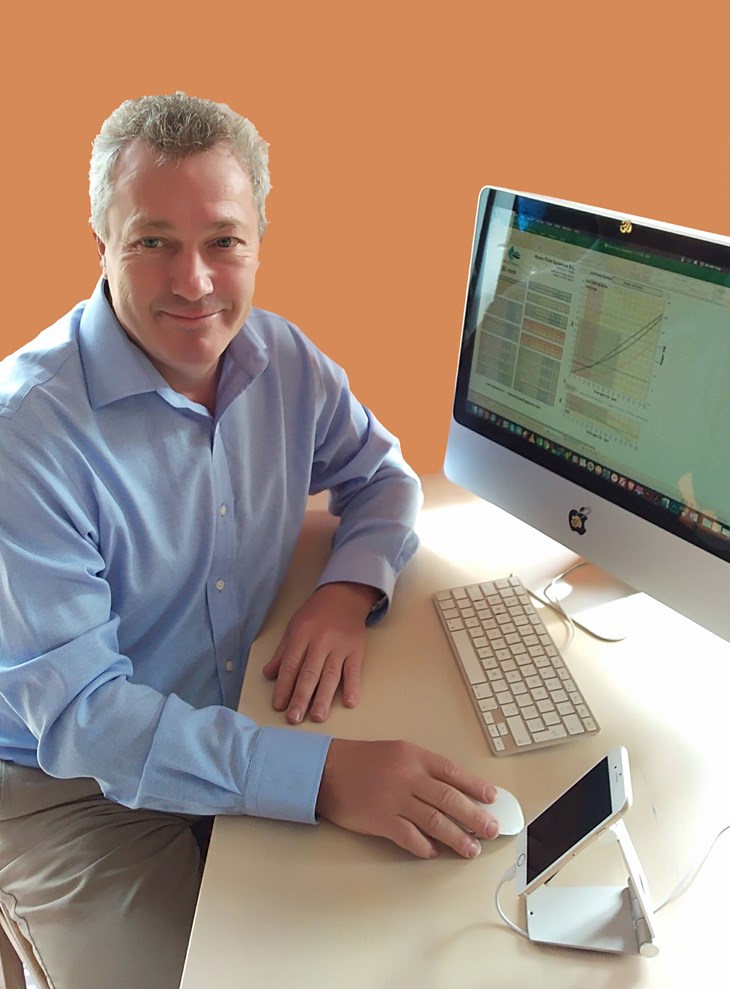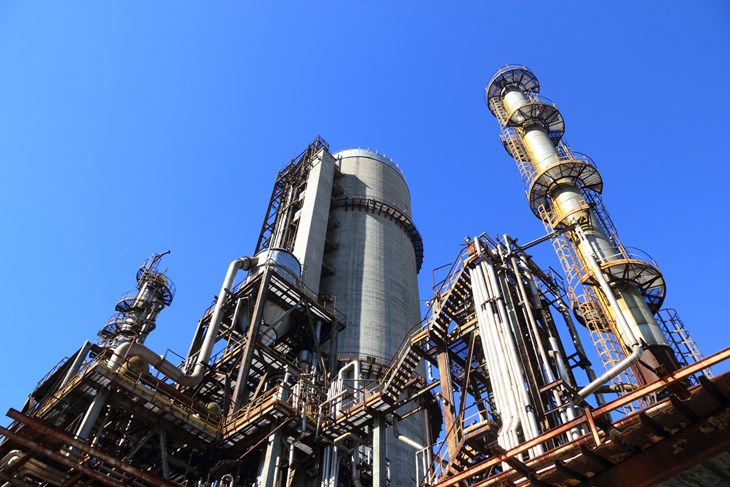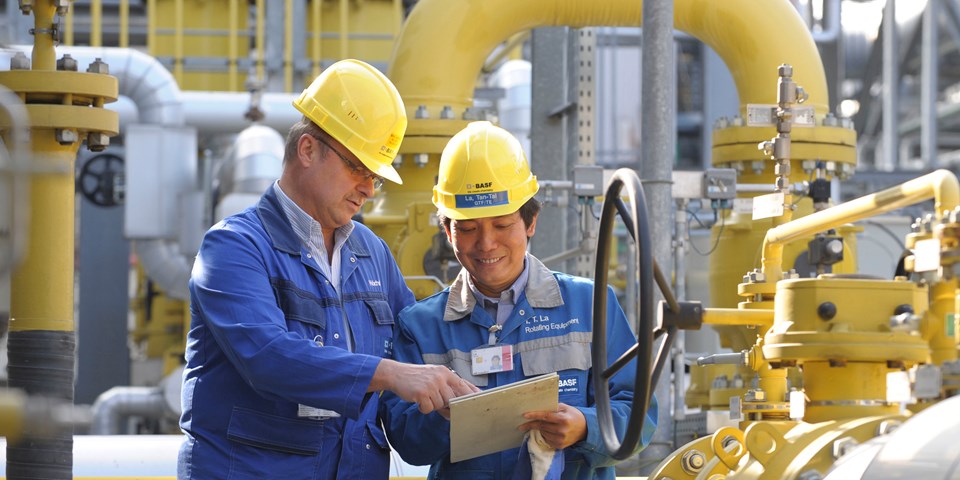In 2015, BASF celebrated its 150th anniversary. From humble beginnings as a dye manufacturer on the banks of the River Rhine, BASF has grown into the world’s largest chemicals company active in a diverse range of markets, from oil and gas to chemicals, performance products, functional materials & solutions and crop protection.
That original location in Ludwigshafen, Germany, has developed into what is probably the world’s largest integrated chemicals site and also the headquarters of BASF. This was Valve World’s destination upon receiving an invitation from BASF to take a closer look at their valve activities, encompassing the key topics of procurement, engineering and maintenance. Our talks were kick-started by Holger Suhren, who as Global Category Manager Valves has a lot to say about the supply chain and procurement.
Like everyone else Valve World met during our visit, he is extremely committed to BASF. Mr. Suhren: “despite our leading position in the chemical industry and success over the years, we do face tremendous pressures, which also affect the category of valves. Therefore, my team strives to be the best we can from a technical and procurement perspective in order to contribute and give the most value to BASF as a whole.”
Historically, BASF has worked with a large number of valve suppliers, explains Mr. Suhren. “That large number reflects the very diverse nature of the plants we have as well as our growth in different and often far-flung regions. At a given moment, it makes sense to try and consolidate and increase efficiencies in our procurement activities. Obviously whilst it is unrealistic to find a single supplier who can meet all needs all the time, it does make sense to identify those suppliers that can fulfill most of our needs as much as possible.”
As part and parcel of that goal, BASF started to introduce the so-called Procurement Verbund Teams. The Procurement Verbund Team (PVT) for valves comprises some twenty people, constituting a global network of technical and commercial experts.

“We did this in order to optimize internal procurement processes and to give us a single, uniform approach to the external market. The team also facilitates strategic procurement decisions”, clarifies Mr. Suhren.
As the PVT leader for valves, Mr. Suhren works very closely with his four regional managers, located in North America (Houston), South America (Sao Paulo), Asia/Pacific (Shanghai) and Europe (Ludwigshafen and Antwerp). These colleagues in turn work very closely with their local procurement and engineering communities, helping to boost valve standardization. Meetings are also regularly organized to ensure members act with one purpose, one goal and one strategic alignment in supporting BASF’s MRO and project businesses.
MVV 1, 2 and 3
A major concept within the framework of PVT valves was the introduction of the so-called Main Valve Vendor (MVV) initiative. Mr. Suhren explains: “it is quite common for large companies such as ours to have strategic alliances with certain suppliers. However, we wanted to take that concept a step further, working closely with selected vendors to increase standardization and streamline sourcing.
So following a period of technical standardization, BASF introduced the MVV Phase 1 in 2007, aimed at supplier standardization for manual valves, on a regional basis. This was followed by MVV Phase 2, which focused on process standardization and encompassed manual and automated valves on a multi-regional level. The next stage, MVV Phase 3, takes the entire concept a major step forward, looking at supplier interaction and process integration on a truly global scale.”
In fact, when Valve World visited BASF, procurement team members were busy with the introduction of Main Valve Vendor 3. Mr. Suhren: “we have continued to evolve the MVV concept which has indeed become a truly global platform, encompassing all valve types in all regions of the world. Right now we are talking very intensely about which suppliers will be appointed as main vendors for the MVV Phase 3 period. Having lengthy contracts is an excellent incentive for sup- pliers to deliver the best possible all round package, but as you can imagine this does mean a lot of work for BASF right now, such as performing technical evaluations, negotiating with multiple suppliers, and ensuring BASF interests are met.”
Asked which companies would be eligible for inclusion as an MVV, Mr. Suhren says that both manufacturers and distributors were welcome to apply. “The choice of which suppliers in which regions for which valve types is dependent upon a number of factors. For example, the procurement of valves looks quite different in North America from how that is done in Asia or other regions.
Another factor that we take into consideration is whether we have our own workshops available locally; if not, then there could be sound reasons for choosing an OEM or selecting an integrator who can both provide the valves and do the necessary maintenance.”
Considerable Sum
Mr. Suhren is confident that the MVV programme delivers a win-win situation for BASF as well as its selected suppliers, who are assured of a significant volume of sales. However, he indicates that mechanisms are in place to avoid complacency. “We assess and reward suppliers based on factors such as product quality and delivery performance. In fact, that’s another benefit of the MVV pro- gramme as it enables us to compare suppliers on a ‘like for like’ basis.”

Even so, he insists that there is plenty of potential left for suppliers who do not achieve MVV status. “Not all valve purchases are automatically made via the MVV strategy. That’s simply not possible nor is it intended. For example, if we require large quantities of valves for projects we would still invite bids using our extensive approved manufacturers list. And we also welcome discussions with companies that offer niche flow control products that can deliver real benefits to our processes.”
Rounding off our interview, he notes that BASF spends “a considerable” sum annually on its global valve needs. That’s no mean figure and explains why BASF can afford to be very selective in choosing valve suppliers. Mr. Suhren concludes: “as a chemical company, we need to stay competitive so we are looking for reliable, long-term partners who are flexible, who deliver quality products, who can support our engineering and valve selection processes, who are open to standardization and who maintain competitive prices for valves.”


